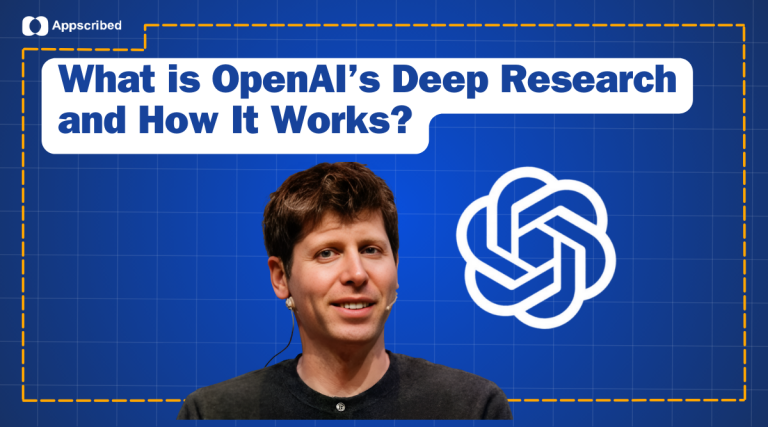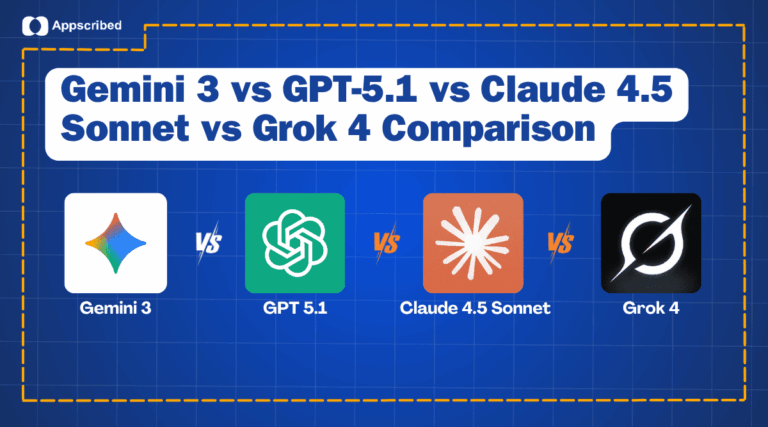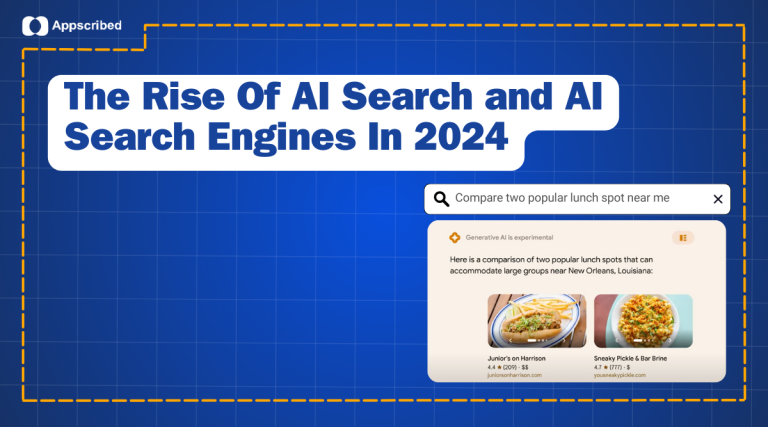OpenAI has introduced Deep Research, an AI-powered research agent designed to automate multi-step information retrieval and synthesis. Unlike traditional AI chat interfaces, Deep Research is structured to handle complex, layered research queries, delivering summarized, structured reports rather than single-response outputs.
This article provides a technical breakdown of OpenAI’s Deep Research, how it works, its potential applications, limitations, and how it compares to similar AI tools currently in development.
What is OpenAI’s Deep Research?

Deep Research is an extension of OpenAI’s o3 model, optimized for multi-step web-based information retrieval. It is built to analyze multiple sources, extract key insights, and synthesize structured responses to user queries.
Key Functionalities
- Automated Research Queries: Users input a topic or research question, optionally providing documents (PDFs, spreadsheets, or images) for additional context.
- Multi-Step Reasoning: The AI autonomously breaks down complex questions into smaller tasks, retrieving information from multiple sources before synthesizing a response.
- Structured Output: Rather than providing a single answer, Deep Research delivers summarized reports with references to relevant sources.
- Processing Time: Unlike instant chat-based responses, Deep Research takes 5 to 30 minutes to generate comprehensive outputs, similar to a human research assistant.
How is it Different from OpenAI Search
| Feature | Deep Research | ChatGPT Search |
|---|---|---|
| Query Type | Multi-step, research-driven | Single-turn Q&A |
| Response Structure | Summarized reports | Short-form answers |
| Processing Time | 5-30 minutes | Instant |
| Input Context | Text, PDFs, images, spreadsheets | Text only |
| Web Access | Yes | Limited (varies by model) |
Deep Research is not a replacement for ChatGPT’s conversational AI, but rather an extension that improves long-form, structured research tasks.
Availability and Access
1. Current Access & Platform Availability
Deep Research is currently available exclusively through the web version of ChatGPT for Pro Users only with 100 queries a month. OpenAI has announced plans to expand support for mobile and desktop applications later in February 2025.
2. Future Expansions and Rollout Plans
OpenAI has hinted at plans to:
- Expand access beyond Pro users for Plus and Teams.
- Improve integration with external research tools and document management platforms.
Strengths and Limitations
Advantages of Deep Research
- Efficiency: Reduces the time required for structured research tasks that would otherwise take hours.
- Context-Aware: Can process structured data files, providing responses with deeper contextual understanding.
- Multi-Source Aggregation: Extracts information from multiple sources rather than relying on a single dataset.
- Research Specialization: Optimized for academic, corporate, and technical research needs.
Current Limitations
- Accuracy & Source Verification: Struggles with distinguishing authoritative information from unreliable sources, requiring human validation.
- Limited Access: Restricted to 100 queries per month for Pro users, limiting usability for researchers with high query volume.
- Slow Processing Time: While it automates research, response generation takes up to 30 minutes, which may be impractical for users needing instant results.
- No Real-Time Fact-Checking: Unlike traditional search engines, Deep Research does not continuously update responses as new information emerges.
These challenges suggest that Deep Research is best used as a research aid rather than a standalone information source.
Comparison With Google’s Project Mariner and DeepSeek R1
Google’s Project Mariner (Unreleased)
Google has reportedly been developing Project Mariner, an AI-driven research tool expected to perform multi-step AI-assisted research. However, details on its capabilities remain speculative.
| Feature | Deep Research | Project Mariner |
|---|---|---|
| Availability | Available (Pro users) | Not publicly available |
| AI Model | o3 Model | Unknown |
| Processing Style | Web-based, multi-step research | Likely similar |
| Output Format | Structured reports | Unknown |
DeepSeek R1
DeepSeek, a Chinese AI startup, recently launched DeepSeek R1, an open-source AI model that outperforms previous OpenAI models on certain benchmarks.
Key differences:
- DeepSeek R1 is Open-Source, allowing developers to modify and optimize research models.
- DeepSeek’s cost efficiency raises questions about OpenAI’s pricing structure and whether alternative AI research tools will become more accessible.
- Despite U.S. sanctions restricting China’s access to AI hardware, DeepSeek was able to develop a competitive AI research model at a lower cost.
DeepSeek R1’s open-source nature could make it an attractive alternative for developers looking to integrate AI research capabilities into custom applications.
Conclusion
OpenAI’s Deep Research represents a shift toward autonomous AI-powered information retrieval, but it is not without limitations. While it streamlines research workflows, accuracy, accessibility, and speed constraints suggest it is still in its early stages.
However, with ongoing AI advancements and competition from DeepSeek, Google, and other AI developers, the future of AI-driven research is evolving rapidly. Whether OpenAI will maintain its lead remains uncertain, but the race toward AI-assisted knowledge synthesis is accelerating.
For users requiring structured, multi-step research, Deep Research provides a powerful but imperfect solution. However, those needing instant, real-time fact-checking may still rely on traditional search engines and human verification.













